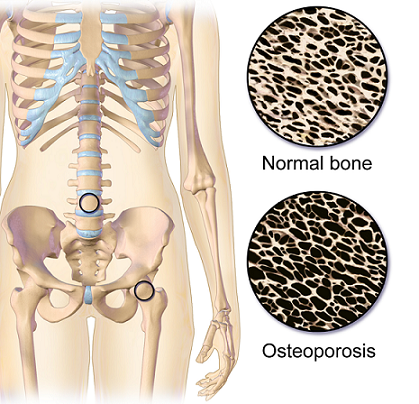Elizabeth Hofheinz, M.P.H., M.Ed.
Do those first postoperative opioid prescriptions after total joint arthroplasty (TJA) spell trouble for the long term? That is what a group of researchers from the Warren Alpert Medical School of Brown University wanted to determine.
Their study, “Larger Initial Opioid Prescriptions Following Total Joint Arthroplasty Are Associated with Greater Risk of Prolonged Use,” can be found in the January 20, 2021 edition of The Journal of Bone and Joint Surgery.
Co-author Alan Daniels, M.D. is director of Spine Surgery Research at Warren Alpert, and told OSN, “The impetus for this study was the ongoing opioid epidemic and the fact that orthopedic surgeons prescribe a large percentage of the opioids today. We hypothesized that larger initial opioid prescription would be correlated with greater prolonged opioid use.”
Focusing on their institution, the researched obtained a list of all patients undergoing primary THA or TKA from January 1, 2016, to June 30, 2016. They assessed the preoperative 30-day opioid and benzodiazepine exposures during the postoperative inpatient stay, initial outpatient opioid prescription, and prescriptions filled from 31 to 90 days (prolonged use) and 91 to 150 days (chronic use) following the surgical procedure.
Dr. Daniels: “Our hypothesis was supported by this study: larger initial opioid prescription was associated with greater prolonged patient utilization of opioids.”
“The most surprising finding in this study was the size of the effect of the initial prescribed dose: for every 1-MME increase in initial outpatient dose, 1 nearly 1.7MME increase in chronic opioid prescription was noted.”
When OSN asked how orthopedic surgeons might discuss this topic with their patients, Dr. Daniels commented, “The best policy is to minimize narcotics at all times, avoiding opioids preop whenever possible is optimal, and providing the bare minimum number of pills/MMEs postop is best. Multimodal pain management is beneficial as well.”
Increased opioid dosing in the early postoperative period following total joint arthroplasty (TJA) is associated with an increased risk of extended opioid use. A dose-dependent relationship between initial outpatient dosing and greater future quantities consumed by those with prolonged usage and those with chronic usage was noted. This study suggests that providers should attempt to minimize inpatient and early outpatient opioid utilization following TJA. Multimodal pain management strategies may be employed to assist in achieving adequate pain control while minimizing opioid utilization.
Among the 14% (73 of 507) of patients requiring chronic opioids, every 1-MME increase in the initial outpatient dose was associated with a 1.678-MME increase in chronic opioid dosing (p = 0.008).








